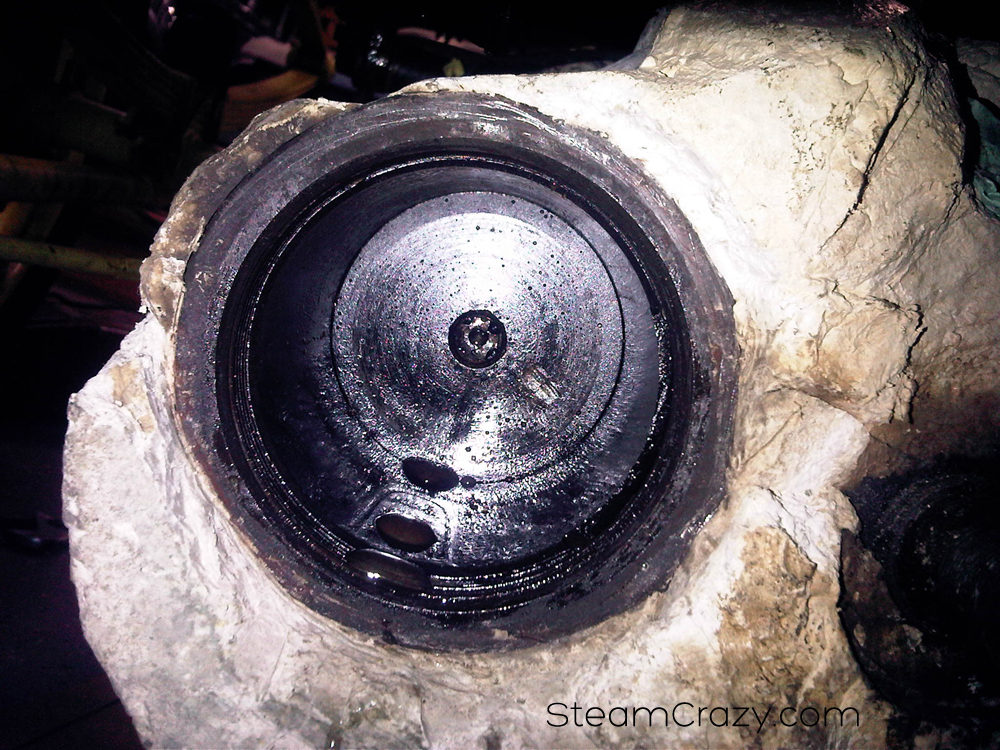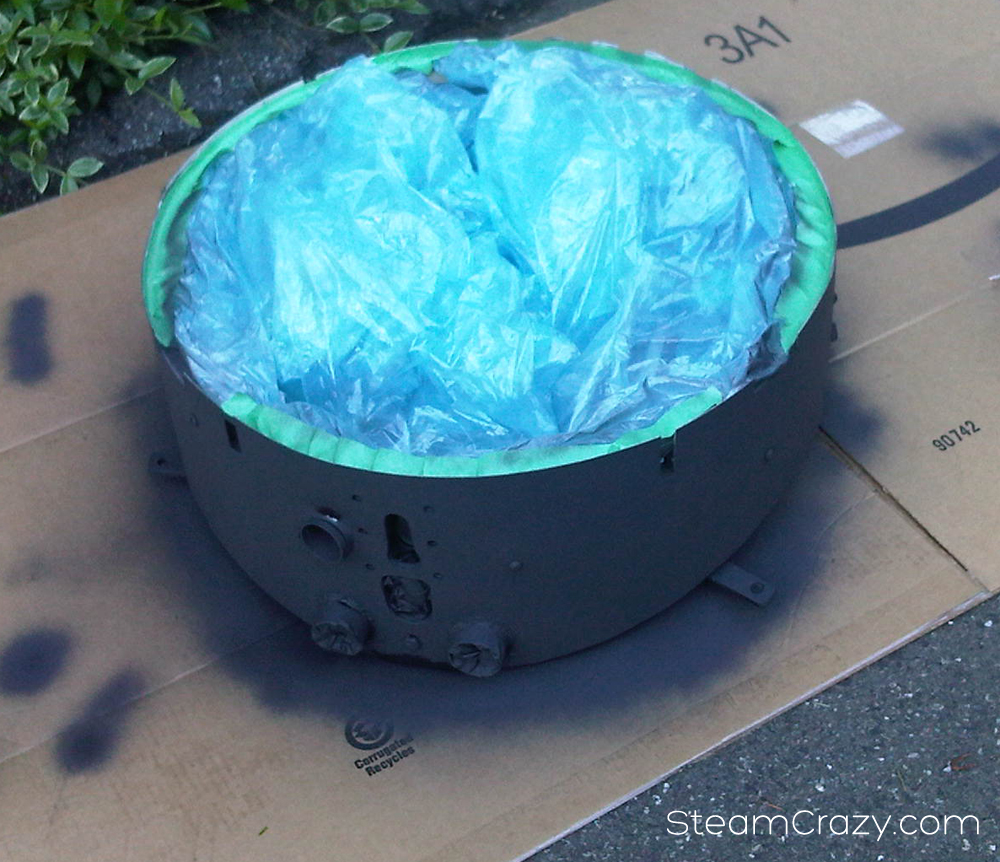I decided to to take the Stanley out on a day trip out to visit the Moon club. It was a short trip, 35 miles maybe, and would provide a great opportunity to see how the car would perform. It started with a bunch of stray vapor but no issues and seemed to be alright. The pilot was staying lite after some modifications I had done to it which was a real treat. I made it to within a mile of the destination before a a started to hear a slight knocking sound when I was coasting. It seemed that the slower I went the louder the sound got. At first I reasoned it could be something in the pump drive linkage making noise but quickly came to the conclusion that it has to be coming from a much larger source. I finally a arrived at a stop light and when I went to pull away the car made a very distinct noise that I had heard before when one of the pistons had backed off and was hitting one of the plugs!! So that ended my day driving the Stanley and I had to send Ken in his 1912 Oakland back for a truck and trailer.
I must admit it was a big disappoint to have not made the trip under my own steam. I was luck enough to have invited a close friend for company so at least the 40 minutes of waiting on the side of the road wasn't so bad.
Once back in the shop, I stripped the engine cover back off, chipped away the RamKote, and opened up the drivers side front bung. Sure enough the piston had backed off almost two full turns!!! That is a lot more the the last time and an issue that needed a permanent remedy. After discussing with Pat Farrell, I decided to put some weld on the top of the rod and peen it over so the piston couldn't unwind itself again. I had attempted to peen the rod over the last time the piston backed off but it turns out that there wasn't enough material sicking out past the piston to hold it. Needless to say after about 7 hours of work spread out over a couple days I had the Stanley all buttoned back up.
A side note for Stanley owners: It had crossed my mind to just put a bead of weld between the piston and the rod to hold it together. I ran this idea past Pat and he informed me that he had accidentally done that many years ago thinking that it would probably be fine. It lasted about a year before the piston broke apart. We all know the proper way to weld cast iron and if that isn't achievable we just shouldn't do it.




















